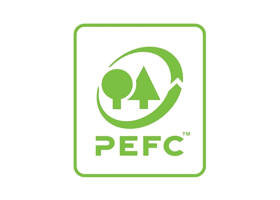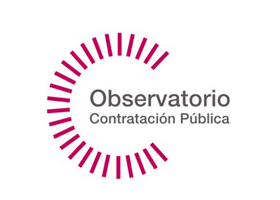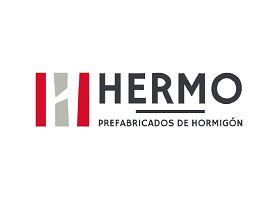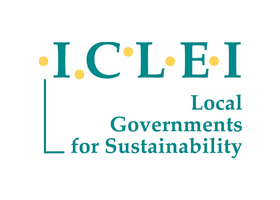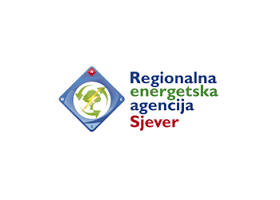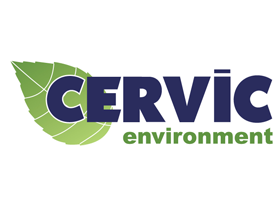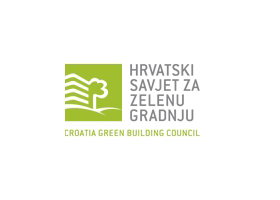In this section, you can access to the latest technical information related to the FUTURE project topic.
BackgroundResidential surrounding green spaces can affect human health. However, limited studies have examined their impacts on maternal blood glucose homeostasis outcomes.ObjectiveWe examined the associations of residential exposure to green space with maternal blood glucose levels, gestational impaired glucose tolerance (IGT), and gestational diabetes mellitus (GDM).MethodsPregnant women were recruited from a prospective birth cohort between October 2012 and September 2015. Exposure to green space was calculated as the mean value of the normalized difference vegetation index (NDVI) within a 300-m circular buffer area surrounding each residence. Maternal glucose was measured between 24 and 28 weeks of gestation, and gestational IGT and GDM were diagnosed using valid methods. We estimated the associations of residential NDVI with maternal glucose levels using multiple linear regression models with adjustment for age, education, BMI, passive smoking during pregnancy, parity, season of conception, income, and urbancity. We estimated the relative risks of residential NDVI with IGT and GDM using a generalized estimating equation model with modified Poisson regression. The mediation effects of residential exposure to air pollution and maternal physical activity were assessed using causal mediation analysis.ResultsOf 6807 pregnant women, 751 (11.3%) and 604 (8.8%) were diagnosed with IGT and GDM, respectively. One SD increment of residential NDVI was associated with a decrease of 0.06?mmol/L (95% CI: ?0.07, ?0.05), 0.09?mmol/L (95% CI: ?0.13, ?0.05), and 0.06?mmol/L (95% CI: ?0.09, ?0.03) in maternal fasting glucose levels, 1-h glucose levels, and 2-h glucose levels, respectively, as well as reduced risks of incident IGT (RR: 0.92, 95% CI: 0.86, 0.99) and GDM (RR: 0.85, 95% CI: 0.79, 0.92). The association between residential NDVI and maternal fasting glucose levels was partly mediated by maternal exposure to PM2.5.ConclusionLiving with higher levels of green space was significantly associated with decreased maternal glucose levels and attenuated risks of incident maternal IGT and GDM. Our findings provide evidence linking green space to better maternal glucose outcomes. More studies are needed to further explore the maternal and child health benefits related to our findings.

» Author: Jiaqiang Liao, Xinmei Chen, Shunqing Xu, Yuanyuan Li, Bin Zhang, Zhongqiang Cao, Yiming Zhang, Shengwen Liang, Ke Hu, Wei Xia
» Reference: Environmental Research, Volume 176
» Publication Date: 01/09/2019
» More Information
« Go to Technological Watch











